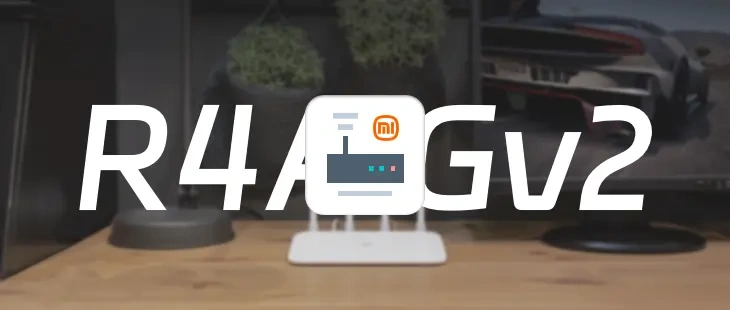
Unraid: Install
Introduction
Unraid is a Linux-based operating system optimized for media file storage, streaming, and gaming. It is a paid software, but it is worth the price. It is easy to use and has a lot of features. It is a great choice for a home server.
Features✨
- Hard Disk Drive Pooling: Multiple hard disk drives can be combined into a single storage pool to provide greater storage capacity.
- Data Protection and Backup: Unraid provides data protection and backup features including hard drive failsafe, data redundancy and automatic backup.
- Virtualization: Unraid supports virtualization technology that allows you to run multiple virtual machines on the same computer, each running a different operating system and application.
- Plug-ins and applications: Unraid supports plug-ins and applications that make it easy to add new features and extend the functionality of the system.
- Easy to use: Unraid’s easy-to-use interface makes it easy for even inexperienced Linux users to get started.
Installation
- Download the top file from the link above.
- Unzip the file.

- Format a USB drive to FAT32.
- Copy all files from
unRAIDServer-6.12.8-x86_64to a USB flash drive.
Replacement of files
New
- Replace
unraid_crack > unraid-newin the config folder of the flash drive. - Replace the contents of the
gofile in theconfigfolder:1
2
3
4
5
6
7
8#!/bin/bash
export UNRAID_GUID=(!)HERE IS YOUR GUID
export UNRAID_NAME=Tower
export UNRAID_DATE=1654646400
export UNRAID_VERSION=Pro
/lib64/ld-linux-x86-64.so.2 /boot/config/unraider
# Start the Management Utility
/usr/local/sbin/emhttp &
Old update
- Replace all the files from unraid_crack > unraider-for-update into the config folder on the flash drive.
Compiler
Run as administrator this file: make_bootable.bat
1 | sudo bash make_bootable_linux |
1 | ./make_bootable_mac |
Boot
- Insert the USB drive into the computer.
- Boot from the USB drive.
- 感谢您的赞赏。
赞赏名单
因为有你们的支持,我才体会到写文章的价值。
本文是原创文章,采用CC BY-NC-SA 4.0协议,完整转载请注明来自Ever Fu
评论 ()










